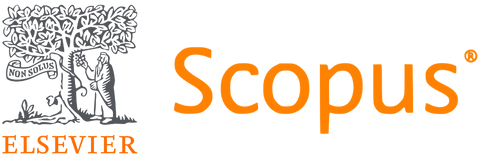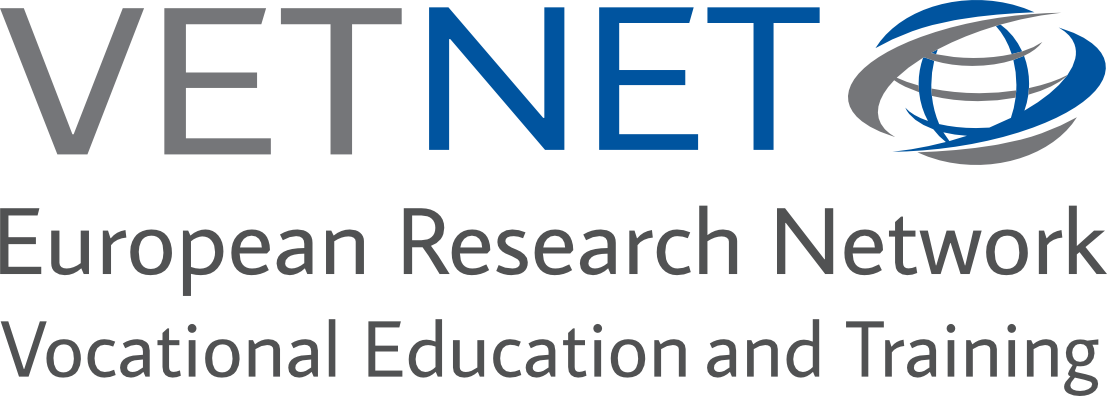Learning Pathways in Dutch VET Compared in Terms of Curriculum Design Aspects and Students' Acquired VET Diplomas and Transitions to Higher VET Levels
DOI:
https://doi.org/10.13152/IJRVET.11.3.3Keywords:
Learning Pathway, Learning Trajectory, Curriculum, Diplomas and Transitions, Vocational Education and Training, VETAbstract
Purpose: During the last decade, new continuing learning pathways have been designed and implemented in the Dutch Vocational Education and Training (VET) column aiming to foster students' transitions between successive educational levels. Prototypical examples of such continuing learning pathways are the Green Lyceum (GL) and the Technical Talent Development programme (TTD). In the present exploratory study, GL and TTD were compared in terms of curriculum design aspects and students' acquired VET diplomas and transitions to higher VET levels.
Methods: Ten curriculum design aspects of GL and TTD were described through curriculum description forms and focus group discussions to be able to determine similarities and differences between both learning trajectories. Moreover, acquisition of VET diplomas and transitions to higher VET levels of students from both programmes were compared.
Findings: The ultimate goal of GL was to promote student transitions to higher professional bachelor (HBO) programmes while TTD mainly intended to increase student numbers in the technical domain at the secondary VET level. For GL, a new and integrated VET curriculum was built with specific ingredients to prepare students for the HBO level. For TTD, the contents of the regular VET programmes were roof tile stacked in an accelerated curriculum with a stronger focus on vocation-oriented assignments in the technical domain.
Conclusion: If the ultimate goal of a continuing learning pathway is to promote students' transitions to higher VET levels, curriculum design aspects as represented in GL seem more effective. However, if the focus is on promoting students' diploma acquisition at lower VET levels for specific sectors, curriculum design aspects as represented in TTD seem more effective.
Downloads
Online First / Final Publication Date
How to Cite
Issue
Section
URN
License
Copyright (c) 2024 Harm Biemans, Ellen Klatter, Hans Mariën, Arjan van der Meijden, Frank Kreutz

This work is licensed under a Creative Commons Attribution-ShareAlike 4.0 International License.





